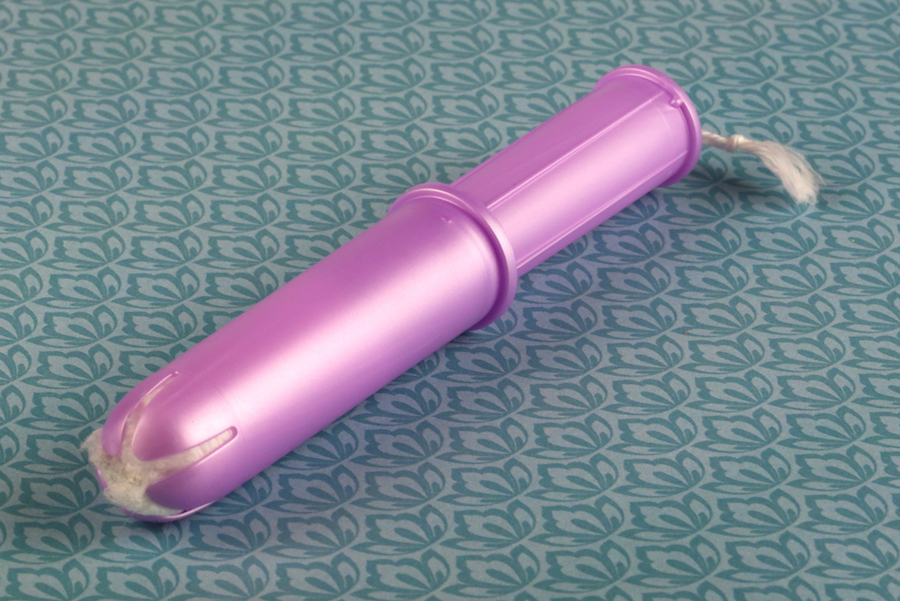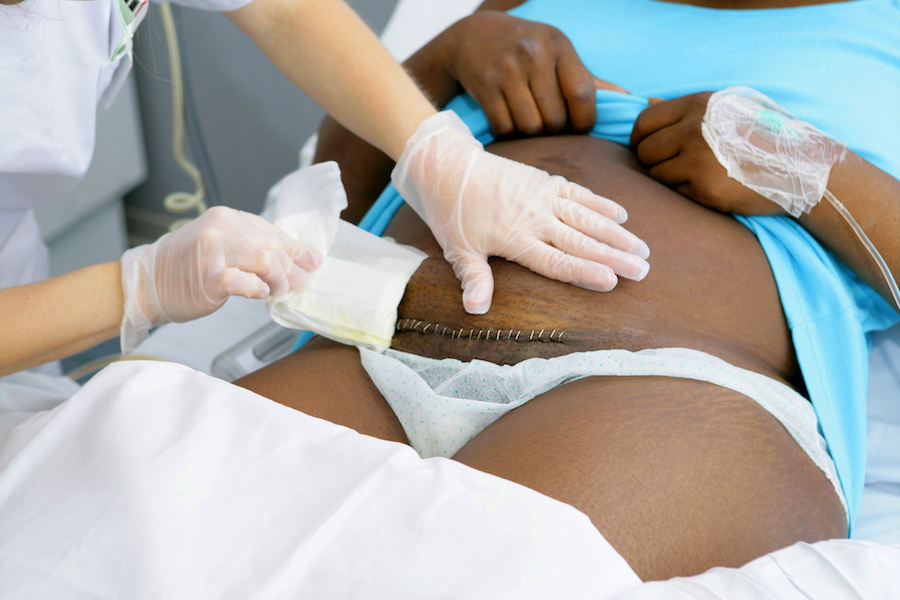Things women should know about getting their tubes tied
What You Should Know About Having Your Tubes Tied

Gettyimages.com/doctor appointment
When I hear women talk about getting their tubes tied, they can be very casual about it. One friend who has already had three children before the age of 30 has joked that, for her next birthday, she just wants to get her tubes tied—as if it’s something she could do after champagne and before her cake. When you hear that term “tubes tied,” it sounds like a doctor just wraps your fallopian tubes up into a neat little bow, that he can always untie later, should you decide you want children again. But having one’s tubes tied isn’t the light, relaxed procedure that it sounds like. A lot of women realize that only after letting their hopes get too high, taking a couple of hours to visit their doctor, and hearing it firsthand from their physician. We can save you some time and delusion: here are things women should know about getting their tubes tied.

Gettyimages.com/Nurse handing doctor surgeon operating room OR staff surgical tool assisting performing doing surgery surgical procedure in operating room theater sterile clean professional hospital environment as a group team together careful healthcare dressed in scrubs uniforms gowns precaution protection with patient in background
First, they aren’t tied
The fallopian tubes are not actually tied. The accurate term is tubal ligation. The tubes can be cut, clamped, or even burned. There are various methods the doctor may use, depending on what he believes is right for your body, but tying is not one of them. Typically either damaging or obstructing the tubes is the chosen method.

Gettyimages.com/belly button
They go in through the belly button
Your doctor will make a few small incisions, right around where he would perform a cesarean section, and go in through under your belly button. There will be a scar.

Gettyimages.com/female doctor
Or, there’s Essure
Love MadameNoire? Get more! Join the MadameNoire Newsletter
We care about your data. See our privacy policy.
If you prefer a non-surgical procedure, there is a new option called Essure. In this method, the doctor goes in through the vagina with a coil that causes the tubes to scar up. It’s very new, however, and the FDA is calling for more research on it.

Gettyimages.com/Pregnant African American woman sitting by window
You may still get pregnant
The body wants to do what the body wants to do. Your fallopian tubes can grow back together or develop a new pathway. All your body needs to become pregnant is for sperm to meet an egg, and if your fallopian tubes come back together, that can very well happen.

Gettyimages.com/sonogram
And it could be an ectopic pregnancy
The trouble with pregnancy occurring after having one’s tubes tied is that there is a high chance of this being an ectopic pregnancy, in which the egg implants outside the uterus where it cannot survive and can damage nearby organs.

Gettyimages.com/Surgeon putting on latex glove.
The reversal is invasive
You should be absolutely certain that you won’t want children in the future before damaging your tubes. The reversal is quite invasive, as the doctor will need to go back in and remove the ring or clip blocking the tubes.

Gettyimages.com/couple looking at money
The reversal is expensive
By the way, having the procedure reversed can cost anywhere between $5,000 and $9,000. So, again, be certain you’re totally done having children because reversal is far more expensive than simple condoms or other forms of birth control would have been.

Gettyimages.com/African female doctor comforting patient
Not all doctors say yes
Your doctor doesn’t have to say yes. Many doctors, in fact, refuse women who are in their twenties, believing that they’re impulsive and may change their mind later about having kids. They sometimes also turn down women who are fresh off a bad divorce, believing their pain is influencing their decision and they could meet another partner down the line and want children.

Gettyimages.com/View of multi-ethnic diverse operating room staff doctors surgeons nurses assisting performing doing surgery surgical procedure in operating room theater sterile clean professional hospital environment as a group team together careful healthcare dressed in scrubs uniforms gowns precaution protection making incision cut blade knife surgical tools on patient
Some suggest total removal
Some doctors recommend the complete removal of the fallopian tubes. This is the most effective in preventing pregnancy, and reduces the chances of ovarian cancer. This procedure, naturally, cannot be reversed.

Gettyimages.com/Menstrual protection
You’ll still menstruate
It would be nice to say goodbye to periods when you say goodbye to part or all of your fallopian tubes, but that simply isn’t the case. Your ovaries still work, and your lining of your uterus still sheds, so you will still get a period.

Gettyimages.com/Woman experiencing period pains
Menstruation could be worse
Some women report having more severe menstrual cramps after tubal ligation. Remember that part of your reproductive organs have been damaged, so any type of cramping can be intensified.

Gettyimages.com/Change of the cesarean scar dressing ,2 days after the intervention
If possible, have it done with a c-section
The best way to have your tubes tied is during a c-section. Once your doctor is already in there (remember, he’ll open you up for a c-section the same way he would for tubal ligation), he can easily perform both procedures.

Gettyimages.com/man on bed
Or, have him get a vasectomy
Your doctor might strongly suggest that your partner just get a vasectomy, if you have a stable partner. It’s far less intrusive since the organs worked on in the procedure are outside the man’s body. It’s also more effective.

Gettyimages.com/Portrait of a young woman on a white background. http://s3.amazonaws.com/drbimages/m/mwekat.jpg
Risks are small, but scary
Though the risks are very small, you are going under the knife, so there is always some risk. This can include damage to the bladder, bowels, or arteries.

Gettyimages.com/Black doctor gesturing near computer
It’s a big deal
Ultimately, it’s important to understand that having one’s tubes tied is no small thing. It’s a major operation for which you’ll be anesthetized, and parts of your body will be damaged or removed.







